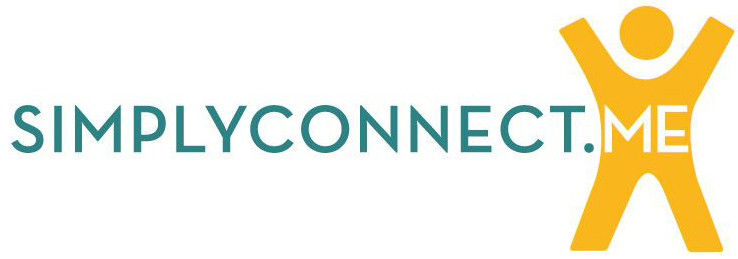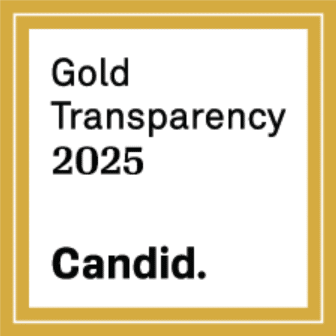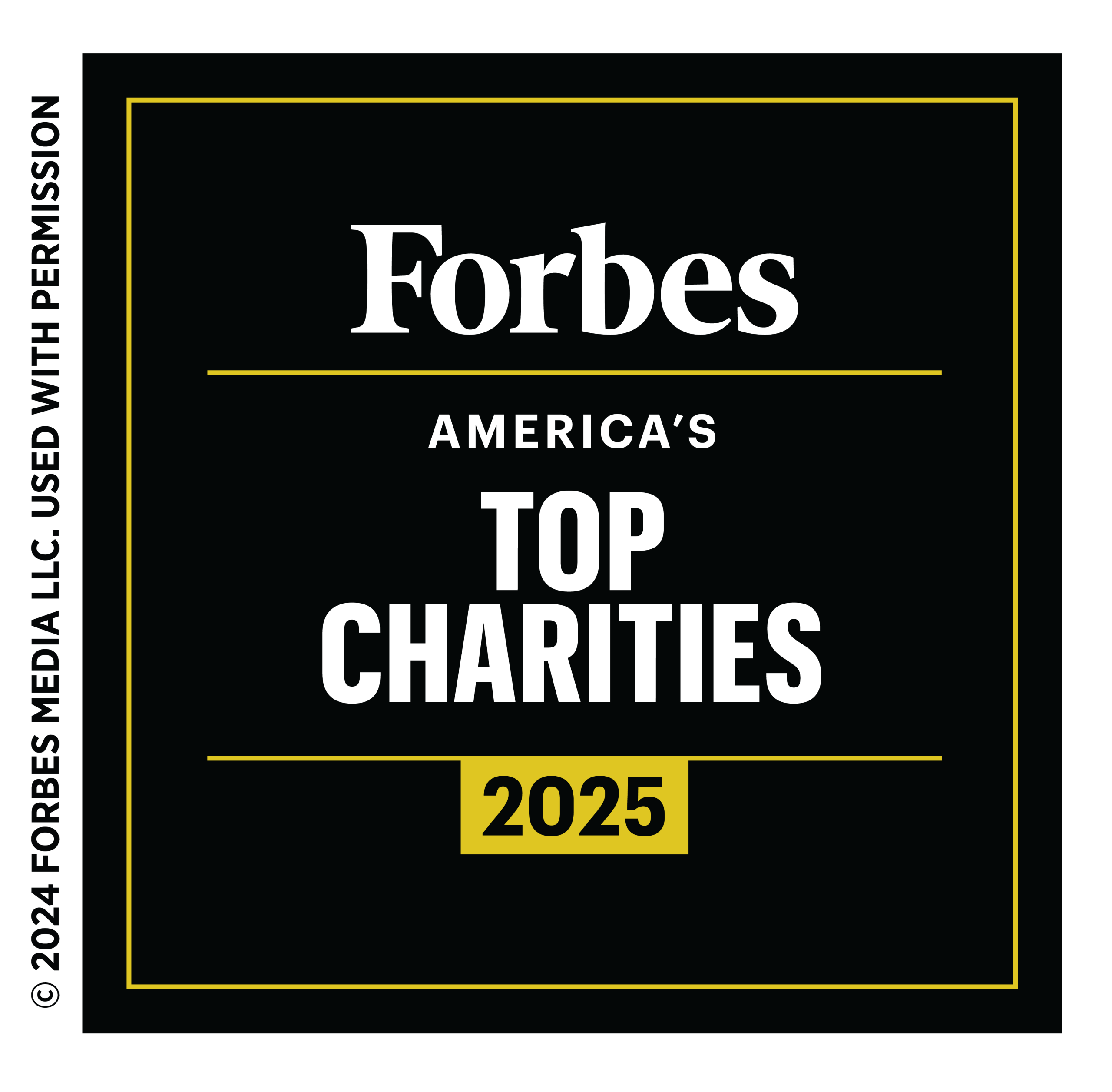It seems like only yesterday, I was attending the Chief Diversity Officers Forum at Bennett College for Women. The wonderfully organized, two-day event brought together the nation’s top 2,000 diversity and inclusion leaders and executives from corporate America, colleges and universities, nonprofit and civic organizations, and government agencies to this small, but talent-filled institution in Greensboro, North Carolina. The professionals in attendance were trying to find solutions to a plethora of diversity and inclusion issues and concerns. Two concerns consistently surfaced in every keynote address, breakout session and water-cooler conversation: how can organizations successfully implement diversity and inclusion initiatives into their business operations, practices and cultures, and how do organizations address the new workforce challenge, coined in 1998 by the global consultancy firm McKinsey & Company, called the “war for talent”?
In actuality, this forum in Greensboro took place in May of 2006. Although the “war for talent” lexicon of “professional” speak has faded away, the harsh truths of systemic workforce and DEI issues still remain. I would be remiss not to share another two similarly significant questions that were offered in 2006.
Question One: “Today, we’re using the terms diversity and inclusion to define our work and business case. What terms and concepts will we use to define and direct this work in the future?” This question was not fully answered then, but now in 2022, it’s apparent that the terms, concepts and work of DEI have noticeably evolved.
The most intellectual and calculated answer to the original question, “what terms and concepts will we use to define and direct (DEI) in the future?” is “IDK” – I don’t know! And that’s okay. It’s okay to acknowledge that diversity, inclusion, equity and belonging are concepts that are interdependent and interconnected, but not interchangeable. It’s okay to recognize that inclusive leadership is emerging as a distinct and critical capability that assists organizations in adapting to a diverse set of clients, markets, ideas and talent. A Harvard Business Review article, “The Key to Inclusive Leadership,” states that what leaders say and do can make up to a 70% difference in whether or not an individual reports feeling included. And it’s okay to ask for grace, understanding and assistance with navigating the sometimes turbulent skies of gender pronouns, race relations, cultural appropriation, operational ambiguity, tribalism and plain old meanies.[1] It’s okay to simultaneously feel comfortable and uncomfortable about diversity, equity and inclusion and ask the question, “what’s next?”
The good news is this world and your organization has people that are willing to take flight and explore what’s next. Since 1996, Make It Plain Consulting has maintained its mission of helping individuals and organizations uncover their inherent strengths for sustained growth. In other words, human beings have the remarkable ability to evolve mindsets, language, and behaviors that result in unseen and unimaginable positive outcomes. Are you willing to better your best?
Question Two: “How do organizations address the new workforce challenge?” The question of workforce and worker shortages is fueling America’s labor crises. According to the Bureau of Labor Statistics, the nursing and residential care facilities industries have roughly 350,000 fewer jobs than in February 2020. Additionally, many older workers left the labor force during the pandemic. This and other workforce challenges should be addressed from a diversity lens. Why is that? Organizations and the people in organizations should think differently to get a different result.
For example, from a recruitment perspective, what networks, resources, and platforms are your organizations utilizing to attract, recruit and hire talent? How far into the talent pipeline is your organization investing in its recruitment strategy – college, high school, middle school or non-traditional talent pools? What pre-existing and unintentional biases are incorporated into your organization’s recruitment processes, candidate review teams, interview questions, and hiring criteria?
There are many tough and unanswered questions related to our workforce challenges. However, as in 2006 and many years prior, the fundamental answer lies in:
- the PEOPLE – who are we attracting and why?;
- the PROCESSES – what are our policies, procedures, practices and protocols to attract, recruit, retain and develop the talent that we seek?; and
- the CULTURE – how do we do what we do?
What do our staff, residents, families, community partners and competitors TRULY think about us? Are we really invested in addressing the workplace barriers?
The short answer is IDK. But, together and during the diversity, equity and inclusion series, I hope that we can uncover the inherent strengths of your people, processes and culture with practical and realistic DEI action steps that address immediate and long-term needs.
Register to join me for the first of three webinars hosted by Lutheran Services in America about reimagining diversity in the workplace on November 8.
Tommie Lewis is the president and CEO of Make It Plain Consulting.
[1] Meanies. Informal (plural) – mean, small-minded, petty or selfish people.












